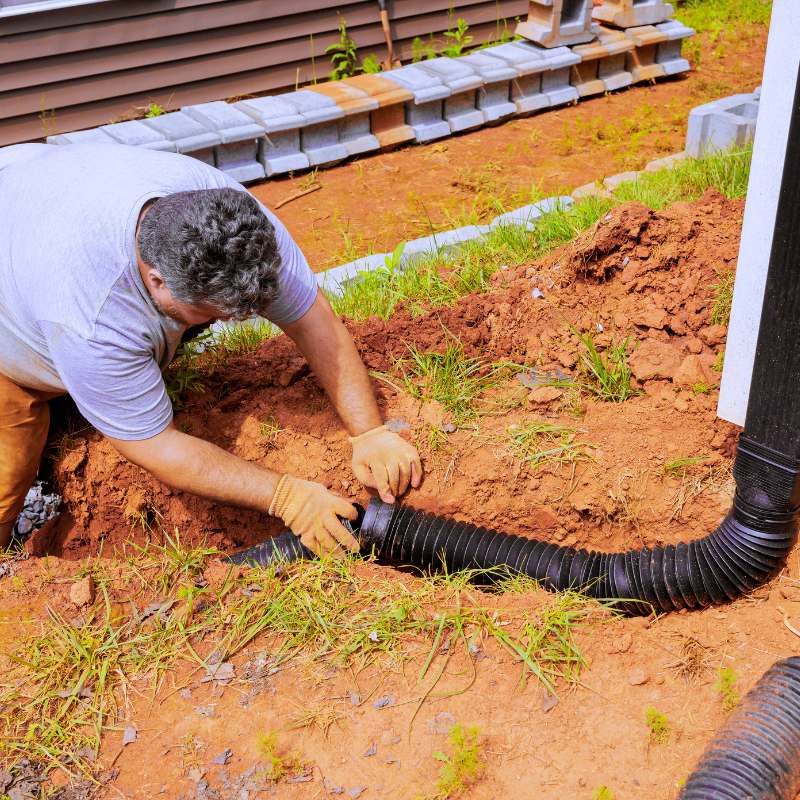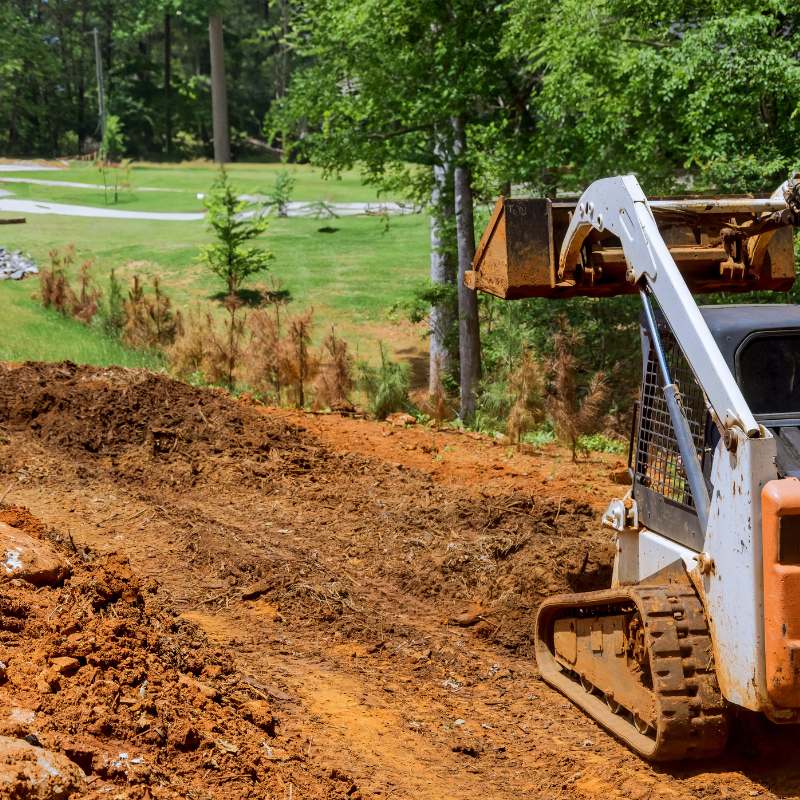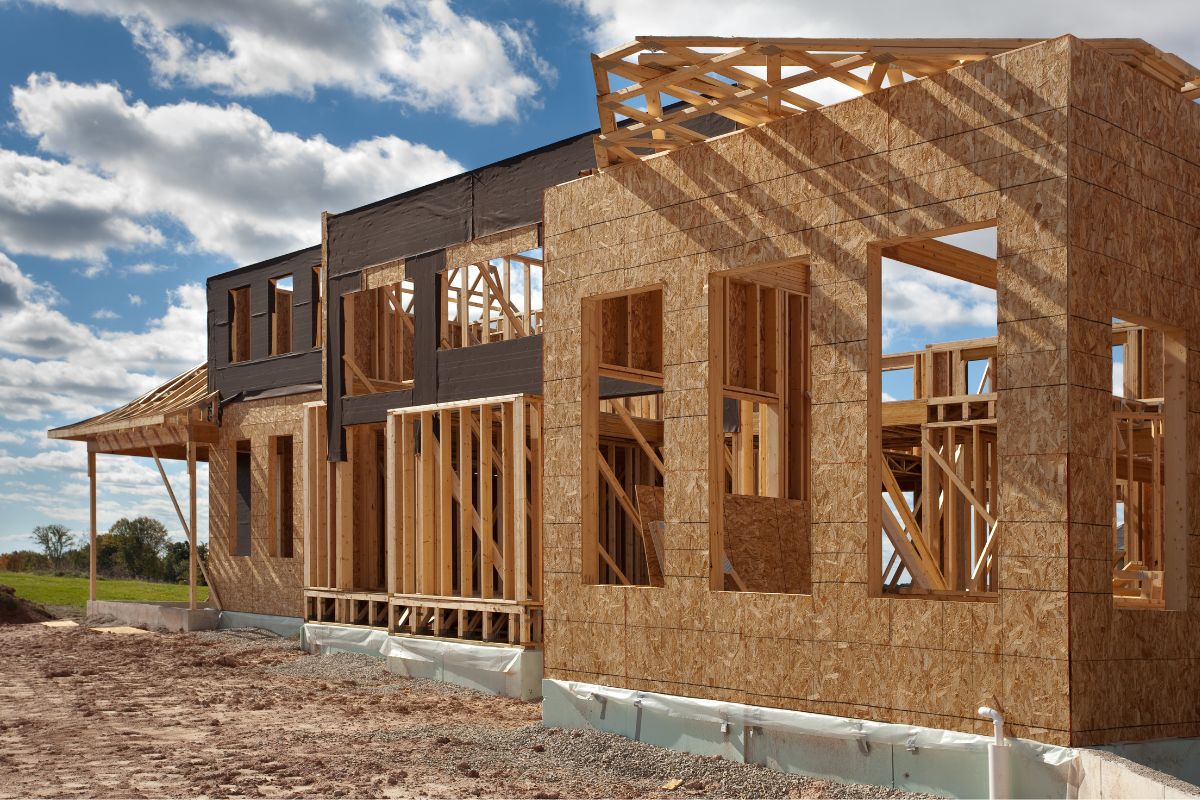Liability During Residential Building: Who is Liable?
Where does the buck stop? As engineers, we want liability to be designed out of the build, but time and cost can sometimes sway clients, builders and homeowners to look for cheaper alternatives.

Some examples we have seen of shortcuts that bit back:
- Neighbours encroaching on another property – whether they knew it or not – because it benefitted their works. Or (mistakenly?) placing drainage on the neighbour’s property.
- Incorrect plans being provided to the engineer or architect, where later the client argued that the other parties are responsible for rework that would be required to get the details right.
- A retaining wall built without building consent because it was thought to be exempt. Extra height was added later by the owner, who then tried to claim costs from the original designer when the taller wall (which should have been consented) failed.
- A client doing earthworks against the advice of the engineer, which works result in the collapse of a private road above, and a number of houses relying on it for access.
Some of these scenarios resulted in serious costs, usually for the client or property owner, and sometimes issues such as these result in litigation.
We suggest that, as an owner or developer, you keep the following principles in mind.
These principles are much like Murphy’s Laws, and the way to avoid problems is to be thorough and organised, don’t take dodgy shortcuts, do your research – ask the right questions – and test things adequately for their acceptability before committing to them.


Liability Principals to Remember During Residential Building
- Councils actively resist liability.
- Liability is pushed onto the engineer and/or the client. If you manage to escape it during your time, you may not when you go to sell.
- The Council will want any documentation associated with structural engineering to be signed by the engineer to ensure that the Council is not liable. If you haven’t employed an engineer and then want them involved later, it will be more costly and time consuming than if you had employed them at the start of your project.
- Proof is very important in the way of photos and certificates. If you don’t get them at the time, they are harder to get later and can often involve demolition to get access for photos of the underlying materials/construction.
- If the engineer you hire is chartered and a member of Engineering NZ (ENZ), then a complaint against them can be taken to and managed by ENZ.
- As an engineer, liability for something that is designed incorrectly lasts 10 years. Therefore, they will not be talked into doing something that’s a shortcut or less conservative unless it also meets legal and Building Act standards.
- Chartered engineers, under The Chartered Professional Engineers Act 2002, are bound by that Act. What this means is that employing a chartered professional engineer, who is also a member of ENZ, gives you the best protection. It also means that an engineer with both these qualifications is much more likely to stay within the law and apply sound engineering principles, which are conservative by nature for all these reasons and more.
- Further, under the Law of Torts, an engineer can potentially be liable to a new owner of a property even where the engineer undertook a design for a previous owner. In this situation, liability in tort depends upon proof of a personal breach of duty but provides homeowners with another good reason to employ a chartered engineer when it’s called for.


Author: Stewart Hobbs - Principal Engineer at ProConsult
Stewart is the journal editor for SESOC (Structural Engineering Society New Zealand (Inc.)
Latest Engineering Articles
Liability During Residential Building: Who is Liable?
Where does the buck stop? As engineers, we want liability to be designed out of the build, but time and cost can sometimes sway clients, ...
Read More →
How Much do Structural Engineers Charge in NZ?
Engineering fees for small projects are usually charged on the number of hours the structural engineer works on your project. The costs will be individual ...
Read More →
Structural Engineer Report for Your House: What You Need to Know
Has your house been damaged in an earthquake, landslide or water ingress? Or has your house been repaired or altered, but you believe the repairs ...
Read More →
Blueprints to Success: Navigating the Path to Structural and Civil Engineering in New Zealand
Do you have a student who wants to become a Structural engineer? Here are a few thoughts on how to guide them, what to expect, ...
Read More →
Cross-lease to Freehold
Although cross-leases are more complicated than usual freehold titles, these problems can usually be minimised if owners of the cross-lease properties thoroughly understand their rights ...
Read More →





